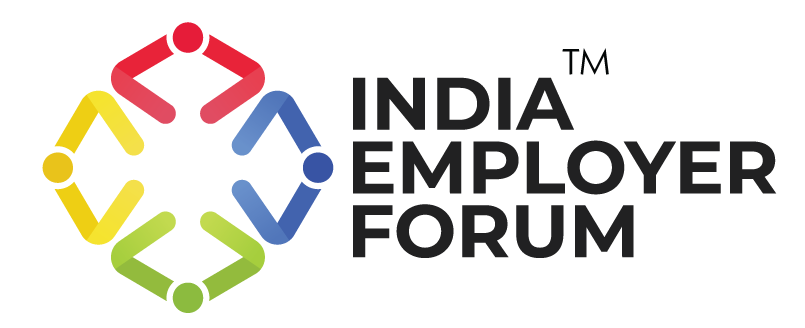Gender equality warrants prioritizing, specifically for the long-term. The workforce reeling under the after-effects of the coronavirus pandemic cannot afford to be crippled further. Biases against women in the workforce will only serve to deepen the fissure of gender parity. Deliberate measures to attain gender equality can put the future of organizations, and thereby India’s economic recovery, on its rightful path, slowly but assuredly.
Understanding the factors that make the participation of women in the workforce difficult is the first step in nudging aside the gender parity within the Indian workforce. It is the surest way to establish the mindset-shift and conviction in favor of the larger aim of gender equality in the workplace.
You might also be interested to read: Need To Discard Gender Inequality In The Workplace
Established reasons why women have a lower labor force participation rate
Historical factors: For a century and longer, women’s education received lower priority than the education of young boys and men. This has a direct impact on the employability of women.
Social convention: Most of the women workforce do not receive their due weight in the domestic set-up. Housekeeping, child-care, and child-rearing are seen as the primary roles of a woman. Women who aim for social and economic growth through gainful employment face the additional burden of fulfilling the primary roles too. Unsurprisingly, many opt to drop out of the professional scenario.
Financial factors: As higher education gets more expensive, fewer women are likely to be highly educated. This results in a dwindling representation of women in senior roles in the corporate structure. Women who have larger families, as a category, tend to be much busier with the aforementioned domestic duties and do not prioritize formalization of full-time employment.
Increased financial stability: Paradoxically, as the mean income of a family increases, the women in the family have a disinclination to merely further the cause of women’s employment. This preference combined with greater access to affordable primary and secondary, means that women join the workforce later in their lives, or sometimes, not at all.
These finer factors gather greater thrust in crisis times, further upsetting the gender equality and women’s representation in the corporate environment.
Gender inequalities widen further in the face of post-crisis recovery – the phase India finds itself in now
With the outbreak of the coronavirus that grips all the countries of the world including the most industrialized nations, women find themselves in a uniquely disadvantaged position.
On the one hand are the workplaces which have shut up shop, resulting in widespread unemployment. Both men and women are left facing unplanned job losses, losses in business, and a deceleration in cash flow and income. Women, mainly those in the unorganized sector and front-line jobs, have lost more jobs than men. Their roles have become expendable as a consequence of the economic slowdown.
On the other hand are the women who hold on to their positions and struggle to meet the demands of an increasingly complicated domestic life. The work volumes and expectations from work-from-home employees are extremely challenging and nebulous. There is little hired assistance for cooking, cleaning, or home maintenance when social distancing is the norm. The lack of gender equality in the home impacts professional participation, and satisfaction levels as a result.
Women with children also tend to manage the children’s online school requirements, homework and classwork matters, and exam preparation needs. The balance and routine of many homes have gone through an upheaval, and this puts additional pressure on personal and professional boundaries.
Awareness of gender equality is getting to the bottom of the fact that both categories of women need pointed redressal. The former category would benefit from re-skilling and skill-gap-filling opportunities – specially curated study and skilling opportunities online. The latter need support from their employers and society at large, mainly in the form of understanding.
Another, more abstract, clue is the perception of how essential a job is for a man. A paradigm shift in gender equality begins with the understanding that gender balance in the workplace is a greater good than a perceived notion that men need jobs more than women. Indian businesses are on an increasingly promising, enlightened path. They take ownership to create gender-balanced workplaces to bring better values and a work culture that is sustainable and growth-oriented in the long run.
References:
- Act now on gender equality to support India’s recovery | Livemint | Oliver Tonby, Anu Madgavkar | Aug 25, 2020
- Women are worst hit by India’s unemployment crisis, World Economic Forum | Niharika Sharma | Mar 4, 2020
- Why are millions of Indian women dropping out of work? BBC World Asia – India | Soutik Biswas | May 17, 2017
You might also be interested to read:
Related Topics:






